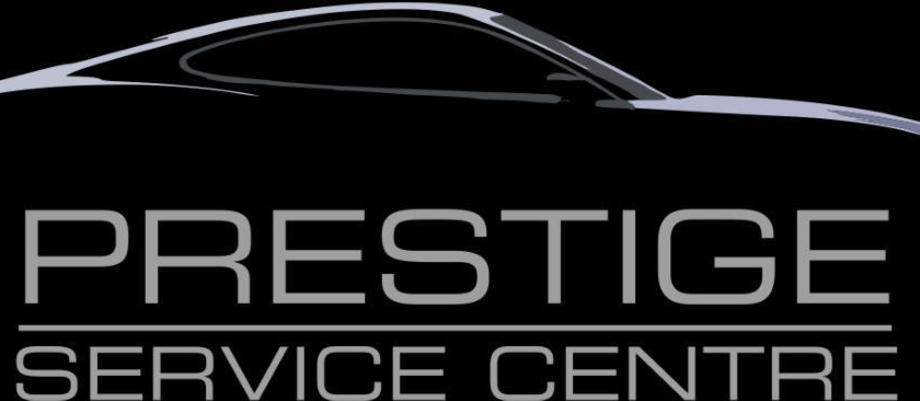
Clutch Repairs & Replacement
The Prestige Service Centre is one of Surrey, Middlesex and Greater Londons leading repairer of clutch probelms on Prestige, 4x4, Sports and Super Cars. For more information or to book your car in please call 01932 240 471 or email info@theprestigeservicecentre.co.uk
Please see below for more infomation on Clutch related problems.
Clutch advice
Below are the common symptoms that you may experience when the clutch in your vehicle is failing. If you experience any of the below, bring your vehicle to The Prestige Service Centre and one of our expert technicians will be able to perform a free clutch check to diagnose the cause of the problem.
Judder
Symptoms: Severe low frequency vibration
Cause: Loose or worn engine mountings, misalignment of engine to gearbox, uneven operation of clutch arm, oil contaminated facings, defective pressure plate, defective driven plate, scored or glazed flywheel, worn spigot bearing
Slip
Symptoms: Engine accelerates without giving a corresponding increase in vehicle speed, burning smell, vehicle will not drive up steep hills.
Cause: Incorrect clutch adjustments, partial seizure of linkage or fouling of pedal preventing the full return of the linkage, worn clutch facings, oil contaminated facings, defective pressure plate and/or broken springs, partially seized mechanism.
Drag
Symptoms: Difficulty in engaging first gear from neutral without making noise, jolt when changing gear with the vehicle in motion, vehicle moves when pedal is fully depressed.
Cause: Incorrect clutch adjustments or lack of fluid in the hydraulic operating system, worn hydraulic system, oil contaminated facings, defective driven plate, buckled plate or seizure on spines, seized spigot bearing or worn spigot.
Fierceness
Symptoms: A sudden move of the vehicle though the pedal is being gradually released.
Cause: Partial seizure of linkage or fouling of pedal preventing the full return of the linkage, uneven operation of the clutch arm, worn hydraulic system, oil contaminated driven plate, misalignment of engine to gearbox, worn spigot bearing.
Concentric Slave Cylinders
On modern vehicles it is becoming increasingly common that when a clutch is replaced the concentric slave cylinder (CSC) also requires replacement.
The assembly of a concentric slave cylinder is structured to allow it to operate directly in front of the clutch cover.
This new technology allows direct hydraulic load to be applied to the clutch via the master cylinder and concentric slave cylinder. As a result providing less pedal pressure, eliminating the potential loss of bearing travel caused by wear commonly associated in traditional linkage or cable type systems.
At The Prestige Service Centre we recommend fitting a new concentric slave cylinder whenever performing a clutch replacement in vehicles where these units are used. Failure to do so may cause damage to the new clutch, resulting in expensive rework.
Advantages of CSCs:
- Lighter pedal pressures allowing a more comfortable drive
- Self adjusting system prolonging the life of your clutch
- Less moving parts which means there are less items to wear or fail.
Flywheels and Dual Mass Flywheels
The flywheel is a metal disc which is fitted directly onto the crankshaft between the engine and the clutch. Its purpose is to help provide a smooth transfer of power from the engine to the drive train. In essence, the flywheel gives your vehicle enhanced momentum and a smoother driving experience.
Indications of a worn flywheel are:
- Visible Grooves
- Visible glazing and/or cracks
We, along with the leading clutch manufacturers worldwide, recommend that whenever a clutch is renewed, your flywheel should be inspected and, where necessary, skimmed or replaced.
Dual Mass Flywheel
Most new vehicles now come fitted with dual mass flywheels. These are essential components that allow an enhanced performance in the vehicles drivability. Additionally, these new components reduce
harmful vibration.
A worn dual mass flywheel will affect the performance and efficiency of the new clutch and almost certainly result in premature failure.
Indications of a worn Dual Mass Flywheel are:
- Irregular noises
- Vibration
- Intermittent clutch slip
How a Clutch Works
A standard clutch assembly comprises of several different parts that fit together and assist in helping you to change gear and pull away smoothly. These are the clutch cover, clutch plate, pressure plate, clutch fork, clutch cable or hydraulic system and bearing. There is one other vital component called the flywheel that sits next to the engine and this helps keep the clutch and engine spinning at the same time.
When you are driving and your foot is off the pedal, springs force the pressure plate to push the clutch plate against the flywheel. Because there is a high level of friction between the clutch plate and flywheel this keeps the engine and clutch turning over at the same speed.
When you press the clutch down, the clutch cable or hydraulic system pushes the clutch fork forward, which in turn presses the bearing onto the diaphragm in the clutch cover. The diaphragm then pulls the pressure plate away from the clutch plate which disengages the clutch from the flywheel and engine allowing you to change gear.
